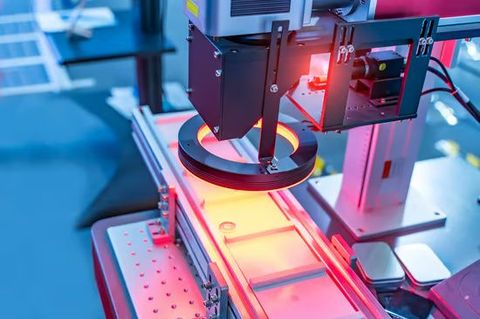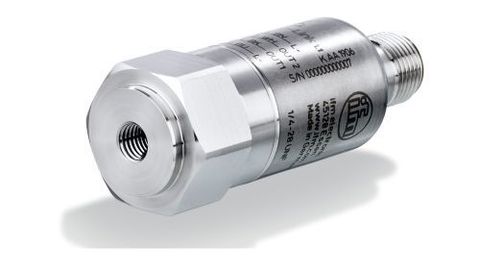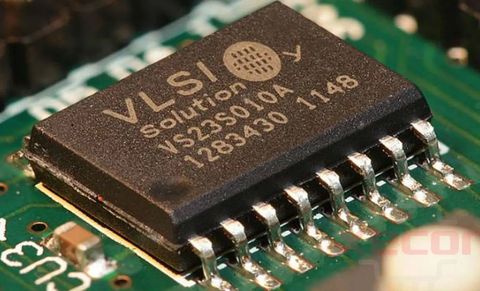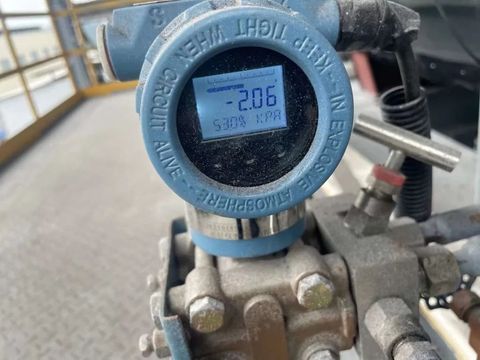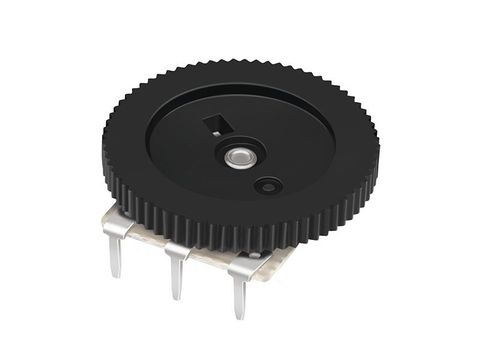Digital Isolators Explained: Complete Overview, Key Facts, and Essential Learning Resources
Digital isolators are electronic components that allow data to move between two circuits while preventing direct electrical connection. They exist to ensure that signals can pass safely from one side to another without allowing high voltages, electrical noise, or unexpected surges to travel across the system. This separation, known as galvanic isolation, protects sensitive components and supports accurate communication in environments where noise or voltage differences may cause interference.
The idea behind digital isolation emerged as electronics became more complex and compact. Earlier systems often used transformers or optocouplers for isolation, but shifting demands such as faster signal transmission, energy efficiency, and compact board design encouraged the development of semiconductor-based isolators. Today, digital isolators are widely used in industrial automation, renewable energy inverters, electric vehicles, medical electronics, and power system monitoring. Their role is especially prominent in high-voltage equipment, where protection and signal integrity must work together.
Digital isolators typically rely on techniques such as capacitive coupling, magnetic coupling, or RF-based approaches. These technologies allow signals to cross an isolation barrier without allowing harmful currents to pass. As a result, they support systems that need long-term reliability, fast communication, and robust electromagnetic noise immunity.Importance: Why Digital Isolators Matter Today
Digital isolators have become essential in modern electronics because they address multiple challenges that affect safety, accuracy, and performance. Their importance continues to grow as industries transition to digital systems, automation, and energy-efficient technologies.
Key reasons digital isolators matter include:
Protection Against High Voltage
In high-power equipment, such as solar inverters or motor drives, circuits often operate at different voltage levels. Digital isolators prevent accidental current flow between these areas, reducing the risk of component damage.
Improved Signal Integrity
Noise can affect data accuracy in environments like factories, railways, or energy plants. Isolation blocks unwanted electrical noise from spreading across circuits, helping maintain stable data transmission.
Enhanced Electromagnetic Compatibility (EMC)
EMC standards require devices to suppress interference and operate reliably near other equipment. Digital isolators contribute to meeting these standards by ensuring cleaner and more controlled signal paths.
Support for High-Speed Communication
Modern applications—battery management systems, precision sensors, and digital control units—require fast data transfer. Digital isolators can handle communication speeds of hundreds of megabits per second, outperforming many older isolation technologies.
Safety in Human-Connected Systems
In medical electronics, isolation ensures that internal circuits remain safe for patients and operators. Similarly, in consumer devices, isolation creates a protective barrier between power circuits and low-voltage control interfaces.
Recent Updates and Trends
Developments in digital isolation technology have accelerated over the past year, driven by trends in semiconductor design, electric transport, and renewable energy systems.
Higher Performance Isolation (2024–2025)
Recent semiconductor releases from industry manufacturers in 2024 showed improvements in isolation ratings, thermal endurance, and data-rate capabilities. New ICs introduced in early 2025 focus on lower power consumption while maintaining stronger insulation layers suitable for long-term reliability.
Growing Adoption in EV Systems
With global growth in electric mobility, digital isolators are now used extensively in traction inverters, BMS units, onboard chargers, and safety monitoring circuits. In 2024 and early 2025, updated designs began incorporating reinforced isolation to support higher voltage platforms such as 800-volt EV architectures.
Advancements in Magnetic and Capacitive Isolation
In 2024, research highlighted enhanced magnetic-coupling techniques that improve immunity against transient voltages. Capacitive isolators also saw upgrades to withstand stronger surge conditions without compromising signal timing.
Integration into Renewable Energy Controllers
Solar inverters, wind power converters, and grid interface systems now rely heavily on digital isolators. Throughout 2024–2025, system designers increasingly adopted isolation solutions that combine timing precision with long-term creepage and clearance compliance.
Laws, Standards, and Policies Affecting Digital Isolators
Digital isolators do not operate independently—they must align with standards that define insulation strength, safety limits, and design parameters. These rules help ensure reliable performance in industries where safety and accuracy are critical.
Key standards and regulations include:
IEC 61010
Applied to measurement, control, and laboratory equipment. Specifies isolation levels, creepage, and clearance distances to ensure safe operation.
IEC 60601
Used in medical electronics, requiring strict isolation between parts accessible to patients and internal power circuits.
IEC 62368
Applies to audio, video, and ICT equipment, defining insulation requirements for preventing electric hazards.
UL 1577
A widely recognized standard for isolation components in North America. Digital isolators undergo high-voltage testing to validate their insulation layers.
EMC Regulations
Regions such as the EU enforce EMC Directive 2014/30/EU, which requires equipment to resist interference and prevent emissions. Digital isolators play a key role in helping designs meet these requirements.
Grid and Industrial Policies
Devices used in renewable energy systems or industrial machinery must comply with regional electrical safety rules. For example:
-
High-voltage interconnection standards in solar and wind installations
-
Industrial safety frameworks requiring reliable isolation in control systems
-
Automotive isolation guidelines for EV traction systems under ISO 6469
These standards ensure that digital isolators contribute to safe and stable system operation.
Tools and Resources for Learning About Digital Isolators
Readers who want to explore digital isolators further can use multiple tools, guides, and technical resources. These options help deepen understanding of insulation mechanics, circuit behavior, and system design.
Technical Tools and Online Resources
-
LTspice or TINA-TI – useful for simulating isolated signal paths and testing timing properties.
-
KiCad and Altium tutorials – helpful for learning how to place isolators in PCB layouts.
-
IEEE Xplore digital library – contains engineering papers about magnetic and capacitive isolation.
-
Electronics Stack Exchange – community discussions on isolation challenges and circuit design techniques.
-
Online calculators for creepage and clearance – assists in estimating PCB spacing requirements.
Reference Materials
-
Semiconductor manufacturer application notes
-
Isolation design handbooks
-
EMC guideline documents
-
Power electronics textbooks covering insulation and surge behavior
These tools and resources offer clear pathways for anyone wanting to understand isolation performance, signal accuracy, and safe design methods.
Illustrative Table: Types of Digital Isolation Techniques
| Isolation Method | Principle Used | Typical Advantages | Common Applications |
|---|---|---|---|
| Capacitive | Electric field coupling | High-speed data support, small footprint | Industrial control units, sensors |
| Magnetic | Inductive coupling | Strong noise immunity, solid reliability | Motor drives, EV control systems |
| RF-based | Radio-frequency transmission | Flexible design, stable across conditions | Medical electronics, portable devices |
FAQs
What is a digital isolator?
A digital isolator is an electronic component that transfers digital signals across an isolation barrier without allowing direct electrical connection. It protects circuits, supports signal integrity, and prevents unwanted current flow between different voltage domains.
How does a digital isolator differ from an optocoupler?
Optocouplers use light to transmit signals, while digital isolators use semiconductor-based coupling such as capacitive or magnetic methods. Digital isolators usually provide higher speed, longer life, and better timing consistency.
Where are digital isolators commonly used?
They appear in industrial automation equipment, EV electronics, renewable energy controllers, medical devices, sensor interfaces, and power monitoring systems.
Do digital isolators help reduce electrical noise?
Yes. The isolation barrier blocks many types of noise and interference from passing between circuits, helping maintain data accuracy and EMC performance.
What determines the lifetime of a digital isolator?
Factors include insulation material strength, operating temperature, long-term voltage stress, and exposure to surge or transient conditions. High-quality isolators are designed to withstand these stresses for extended service durations.
Conclusion
Digital isolators play a crucial role in modern electronic design by enabling safe, accurate, and reliable communication between circuits operating at different voltage levels. Their importance has increased alongside advances in automation, renewable energy, electric mobility, and precision measurement technologies. With ongoing improvements in semiconductor processes and isolation materials, digital isolators continue to evolve, offering better performance and stronger noise immunity.
Understanding how digital isolators work—and how they connect to standards, EMC requirements, and system-level design—helps readers appreciate their significance in today’s electrical and electronics landscape. With accessible tools and technical resources available, learners can explore insulation concepts, signal behavior, and modern interface design in greater depth.

